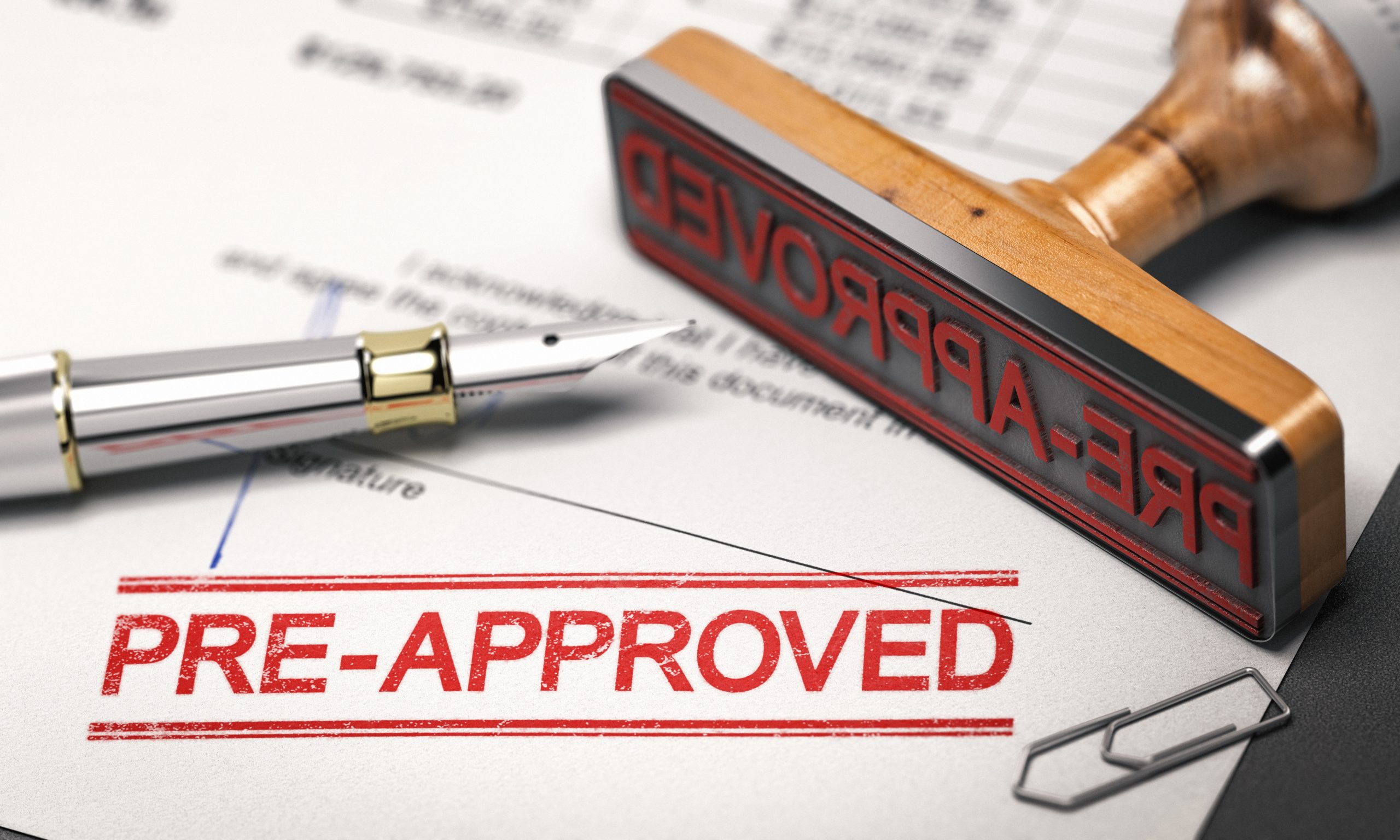Business Content
What Does It Mean to Get Mortgage Preapproval?

Shopping for houses? Learn about the importance of mortgage preapproval and when to get started.
Buying a home is an exciting time filled with dreams of a new life chapter. While you’re probably not dreaming about the mortgage preapproval process, navigating it efficiently can make your dream of homeownership become reality.
Are You Pre-qualified or Preapproved?
Many people use these terms interchangeably, but being pre-qualified and preapproved are two different things even though they refer to steps the lender will take to verify if you can afford a mortgage loan. You’ll want to start with pre-qualification because this is the fastest, easiest way to determine your house-shopping price range. To get pre-qualified for a mortgage, you will answer some questions about your finances. Based on the information you provide, the lender will tell you approximately how much you can afford to borrow to buy a home. This will help you focus your house hunting on homes you can afford.
To demonstrate to sellers and real estate agents that you are a serious real estate buyer, you’ll want to get a preapproval letter. During the preapproval process, your information is verified with a credit report and other documentation. A preapproval letter is a statement from the lender that they have reviewed your financial situation and confirmed your ability to take on mortgage payments.
How to Prepare for Preapproval
During the preapproval process, the lender will review your financial record and assess your current situation to determine that you would be a good risk. They want to understand your ability to pay back a loan based on debt-to-income ratio and credit history. Here’s how to prepare before you meet with your lender for a preapproval letter:
Work on Your Debt-to-Income Ratio
The percentage of your income you use to make debt payments is an indication of your financial health. Debt-to-income (DTI) is calculated based on your monthly income before taxes or any other deductions. You can find this number on your paystub as net income. Determine your monthly debt by adding up the amount of all the debt payments you make each month, like payments on your car, student loan, and credit cards.
Having a preapproval letter to include with your offer to purchase may help when there are competing offers.
DTI % = Monthly Debt ÷ Monthly Income
When you include the amount of a potential mortgage payment with your debt, your DTI should be 36% or less. The higher your DTI, the harder it will be to pay back your home loan. If your DTI is too high, you may want to look into the possibilities of consolidating debt or supplementing your income.
Double-Check Your Credit History
Your credit score is not the only important part of your credit report. Your credit history will give your lender a glimpse into how you pay off debt. It’s important to review your credit report to know what your lender will see. You can request a free copy of your credit report from annualcreditreport.com. Review each account listed to make sure your payments have been recorded correctly and that accounts have not been opened or closed without your consent. If you see any incorrect negative details on your credit report, write a dispute letter and include copies of any documents that support your dispute.
Know Your Credit Score
It’s important to know what your credit score is. You can check this for free with credit scoring websites and your credit card issuer may also provide that information for you. A credit score above 800 is excellent but anything above 670 is considered good. If your credit score is lower than that, you should look into credit counseling before you apply for a mortgage. There are actions you can take to improve your credit score.
Your credit score may not get your application approved or denied. It will, however, affect the interest rate on your loan.
What Is Required for Preapproval?
You don’t have to pick out a house or even work with a real estate agent to get preapproved for a mortgage. You just have to fill out an application and submit the required documentation. This helps provide proof of your financial history and stability. The lender will verify your income, employment, assets, and debts, and will check your credit report.
That verification process requires proof of:
- Income via W-2s and/or 1099s
- Assets via bank and investment statements
- Employment via pay stubs
If you plan to purchase a home with a co-borrower, that individual’s information must also be included in the application. A co-borrower could strengthen your application – or not, depending on their credit score and DTI. You might want to review those before starting the application process.
When to Apply for Preapproval
Depending on your lender, preapproval can take a few days to a week. Your preapproval letter will have an expiration date — usually three months. That’s why you should apply for mortgage preapproval when you are still shopping for houses but are confident you plan to buy. Having a preapproval letter to include with your offer to purchase may help when there are competing offers. As soon as you have a property under contract, you’ll want to convey the property details to your lender to turn that preapproval into a mortgage.
For help making your dream of homeownership a reality, contact your financial institution. They will answer all your questions and work with you on turning homeownership from dream to reality.